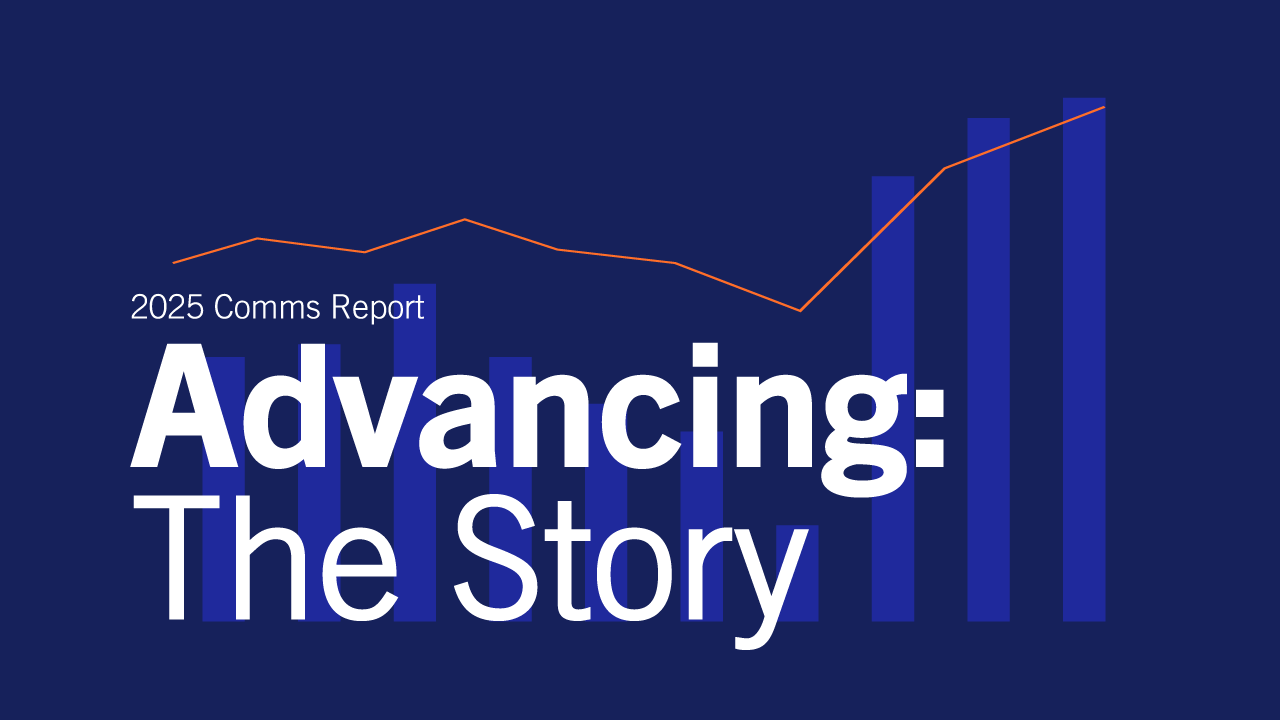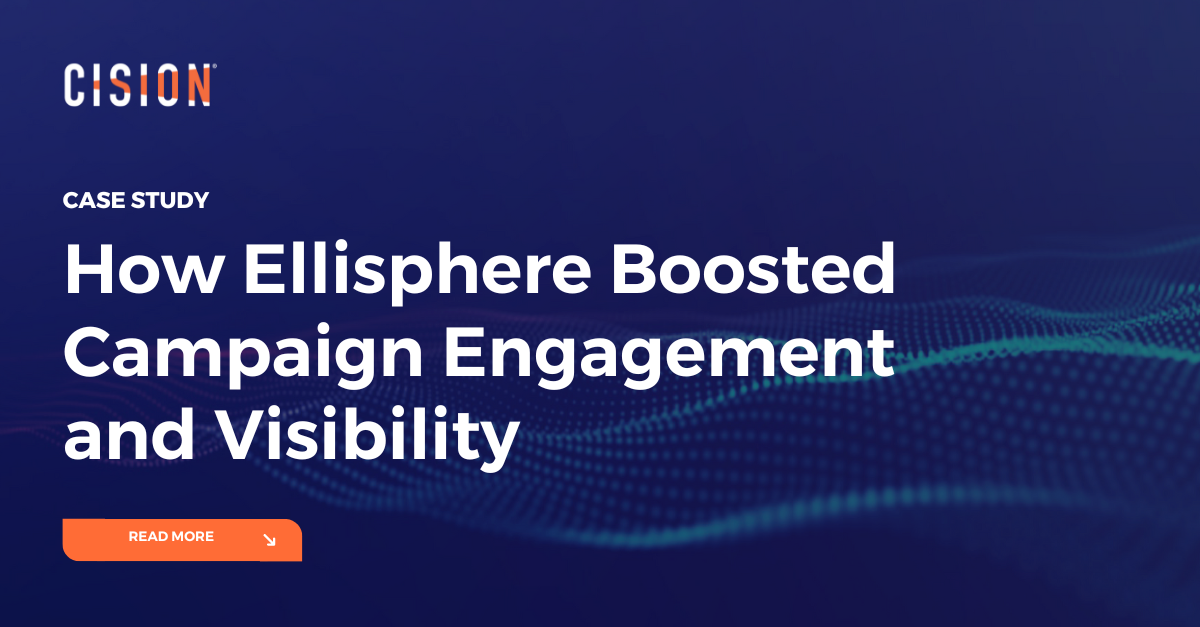
When ChatGPT launched in November last year, it marked a significant turning point in the PR and comms industry’s relationship with artificial intelligence. While AI has been powering capabilities like sentiment analysis, emotional recognition and relevancy for more than a decade, the recent explosion of generative AI has enabled PR teams to create content at speed and scale – and the large language models (LLMs) these tools are built on are capable of summarisation and delivering intelligent insights.
AI is evolving so quickly it’s hard to predict exactly what’s around the corner. But one thing we do know is that the technology is going to create groundbreaking applications that transform how we work. We’re already seeing how AI is evolving its utility in the world of PR and comms, and it’s drawing clear parallels to the way Stephen Covey describes the three stages of maturity in employees in his bestselling book, The Seven Habits of Highly Effective People as dependent, independent and interdependent. Let’s see how these three definitions apply to the maturity of AI in PR.
AI as Assistant
When any employee begins a new role, they need support and direction to carry out tasks. Similarly, with simple classification models like sentiment analysis or emotion detection, the AI we use to do this has been given lots of human feedback for it to know how to classify this content appropriately. This form of AI uses a Natural Language Processing (NLP) model trained to conduct sentiment analysis, classifying text as either positive, negative or neutral. The model needs to be told exactly what text to classify and it isn’t capable of doing anything else, it’s very ‘narrow’ in its abilities, just like a dependent employee.
This simple form of “AI assistant” is still useful and is extremely fast, meaning it’s great at analysing huge volumes of content. An example of this capability can be found in the new CisionOne platform. The React Score feature uses NLP models to classify content as containing fake news, hate speech, racism or other harmful language across social media and other platforms. Its ability to identify content and classify it in real-time gives PR and comms professionals the opportunity to quickly spot any misleading or harmful content and react quickly.
AI as Co-Pilot
Though AI assistant tools have been around for more than a decade, the arrival of ChatGPT has quickly accelerated AI’s role into the “co-pilot” phase. Using Covey’s employee maturity model, where an ‘independent’ worker can carry out tasks with less guidance and support, today’s AI can independently perform tasks that require a level of reasoning and understanding we’d expect from a human.
Think of OpenAI’s ChatGPT as an AI co-pilot, able to undertake tasks and produce a single output based on specific direction or prompt we give it. For PR and comms teams, its uses range from creating a press release, drafting captions for a social media post, or explaining a trend on social media.
The “co-pilot” tools at our disposal are getting more sophisticated – Midjourney and DALL.E can generate images, while Synthesia and Pictory can create videos without the need for cameras or animation software. An AI co-pilot can also provide summarisation and intelligent insights on text, meaning PR pros can speed up the process of creating reports for senior execs who require briefings.
AI as Autopilot
An interdependent human employee will collaborate and support their colleagues to carry out tasks they’ve proactively identified. They understand an organisation’s wider goals and their role in accomplishing them.
This is the journey we’re on with artificial intelligence. An interdependent AI (one on “autopilot”) can interact with its environment, and other AI systems or software, to carry out tasks it has identified to achieve a particular goal. This goes beyond creating a single press release, it’s using AI to create an entire digital campaign including the planning and audience analysis required to create customised and resonating key messages and rich content encompassing emails, social media, press releases and much more.
AI autopilot could also help steer a brand through crisis communications planning. Imagine having a tool capable of detecting harmful breaking news about your organisation, then delivering insights and recommendations on counter-messaging, creating a press release, and identifying the most appropriate journalists to send it out to – all within moments of the initial “crisis” story emerging. With the launch of OpenAI’s GPTs, this reality might be closer than you think.
Final Thoughts
When we think about how rapidly AI has changed PR and comms in the last 12 months, it’s fair to assume that the next 12 months are also going to be transformative for our work. As we move closer to a world of AI autopilot, it’s important to remember that human intelligence, our ability to understand context, emotional awareness and the ability to lead through ethical decision-making will remain crucial. But that doesn’t mean AI can’t become a valuable PR partner. It’s a tool to enhance human productivity, not make us obsolete.
Every organisation’s AI journey will move at different speeds, but understanding what you want to accomplish with AI and how to go about that is critical. Read our six-step guide to help you through the decisions that need to be made along the way.
To learn more about how Cision can help you navigate the challenges and opportunities of AI, get in touch to speak with an expert today.
Most Recent Posts
Cision Resources
-
E-books and Guides
Comprehensive how-to guides on strategy and tactics
-
Case Studies
What are other brands doing – and how can we learn from them?
About Antony Cousins
Antony spent a decade in artificial intelligence technology leadership roles, including serving as the CEO of Factmata, an AI marketing technology company focused on identifying fake news and other forms of harmful online content. In the newly created role of Executive Director for AI Strategy, he will be responsible for advancing Cision's AI strategy. This agenda includes rapidly integrating Factmata's technologies for detecting harmful online content and narrative monitoring into Cision's new products and platforms. He will also oversee the development of powerful generative text–driven solutions with the reliability that corporate, government and agency communications teams demand, and will ensure that Cision continues to develop AI solutions responsibly and ethically, ensuring compliance with regulatory frameworks emerging in the US, UK, Europe and beyond.
Learn More. Do More. demo new
PR Tips, Case Studies, and Product Updates

[On-Demand Webinar] The Next Generation of Media Intelligence: From Gorkana to CisionOne
Explore CisionOne, a revolutionary media intelligence platform, and the evolution of Gorkana. Learn key features and strategies from Luke Williams, CisionOne Product Marketing Manager. Elevate your media outreach to new heights!


